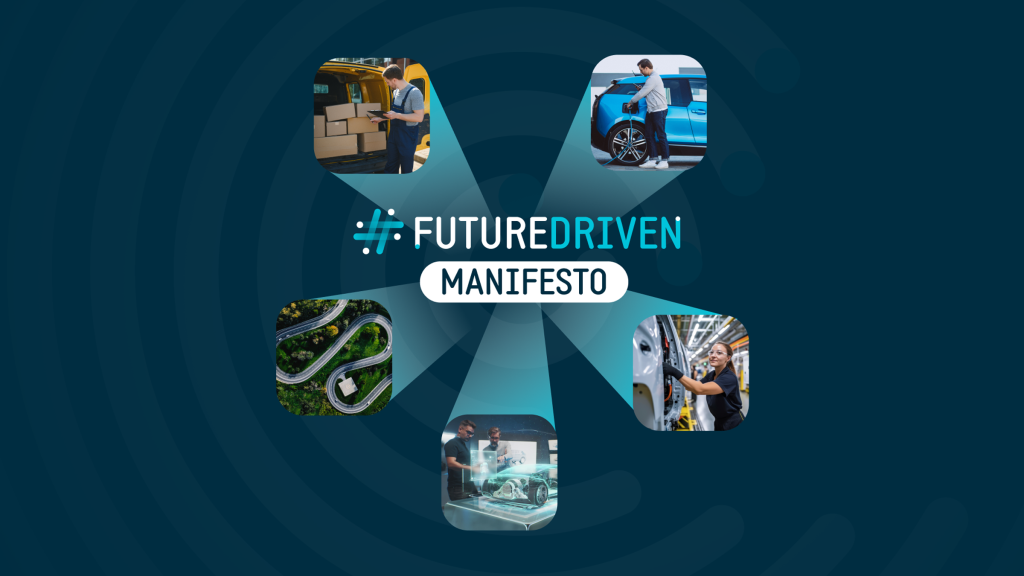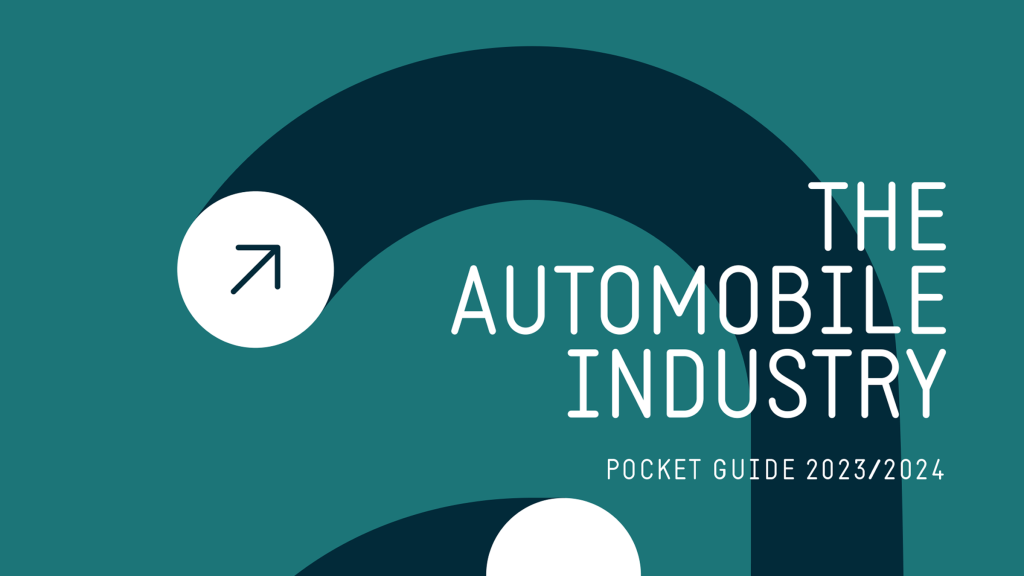Saving lives with big data and AI requires better infrastructure

Government representatives and key stakeholders from more than 80 countries gathered in Stockholm last week for the third Global Ministerial Conference on Road Safety. I was also in Sweden to talk about the important contribution that artificial intelligence (AI) and big data can make to the EU’s ambitious goal of reducing road fatalities and serious injuries to zero by 2050.
Message from ACEA’s Director General – February 2020
Today, massive amounts of safety-related data are collected by sensors, found on board vehicles (such as cameras, radars and ultrasonic sensors) as well as those integrated in Europe’s road infrastructure (think of traffic cameras, induction loops and laser scanners). Big data plays a crucial role in helping the auto industry to take vehicle automation to the next level, especially when aggregated data sets are combined with artificial intelligence.
To that end ‘big traffic data’ is fed to machine-learning algorithms that subsequently use it to further improve AI-based automated-driving functions. And in the future, by learning from big traffic data, algorithms will also be able to navigate vehicles independently, taking vehicle control decisions in real time based on the actual situation on the road. This means that no human input will be required to drive a vehicle.
As Adina Vălean, the EU’s Transport Commissioner, said in Stockholm last week: “No road users should have to die because of a human error.” Indeed, the large-scale introduction of self-driving vehicles will significantly reduce the number of accidents on Europe’s roads. We need to be realistic, however, because these vehicles are unlikely to be widely available before 2030.
But today we already see the commercial introduction of partially-automated vehicles. This goes from basic systems that give drivers additional sensorial perception, to advanced active safety systems that intervene automatically, faster and more reliably than any human being.
Advanced driver assistance systems (ADAS) can already take over safety-critical functions (such as steering and braking) from the driver under certain circumstances. Autonomous emergency braking (AEB) and lane keeping assistance (LKA) are examples of partially-automated technologies that are preventing accidents right now.
Data is not only used to further improve automated driving, it is also complementary to it. Vehicle connectivity allows for the exchange of information between vehicles which are in close proximity of each other, the infrastructure around them and the wider world. This makes it an important enabler for automated driving and active safety features.
Indeed, connectivity brings additional sensorial capabilities on top of automation, through off-board local sensors in the road for instance. This digital infrastructure enables the detection of hazardous situations that are out of direct range of the automated vehicle’s sensors, for example around corners or further down the road.
Crucially, connectivity also provides vital control functionalities for certain automation applications, such as truck platooning. And, as I was reminded during my recent visit to the headquarters of DAF Trucks, platooning helps to improve safety by linking multiple trucks in convoy using connectivity technology and ADAS. Braking is automatic and immediate with platooning. The trucks following the lead vehicle only need one-fifth of the time a human would need to react.
When I took a brand-new truck for a spin on the test track during one of my visits, I noticed that drivers have so much space in today’s cabs and that their field of view has improved greatly. But what I learned at Daimler Trucks earlier this month is that active safety measures play an even bigger role in addressing blind spots.
They are essential in preventing vision-related accidents with trucks that involve cyclists and pedestrians. Using cameras and sensors, active safety technology has a 360-degree perception of the truck’s environment. Hence, it is not only possible to detect vulnerable road users, but the driver’s attention can also be actively drawn to critical areas that might be overlooked otherwise.
In order to harness the full potential of connectivity and automation, we need seamless communications networks to transmit the massive amounts of big traffic data generated every second. We need technology that provides full coverage with low latency and enough bandwidth to process data for millions of vehicles at the same time. Hence, Europe should invest in a ‘digital road network’ to get reliable connectivity and improved coverage wherever people drive, because accidents can happen – and should be prevented – everywhere!
Nevertheless, digitalisation is just one piece of the safety puzzle. We also need to ensure that these connected and automated vehicles are driven on safe roads. Indeed, improvements in the design, construction and maintenance of infrastructure can significantly improve road safety.
Likewise, it is essential that our roads are adapted ahead of the deployment of automated vehicles. This needs to happen on a pan-European basis, otherwise discrepancies between the various member states will prevent the cross-border use of automated vehicles. And it is not something that can be postponed until the distant future.
Many vehicles already come with active safety innovations that help to prevent accidents. What is more, the introduction of the General Safety Regulation (GSR) means that all new vehicles will be equipped with a wide range of advanced safety systems as from 2022. However, the proper functioning of all these innovations greatly depends on the quality of Europe’s road infrastructure.
For example, if road signs are not clearly visible to your car’s sensors, it will reduce the performance of life-saving technologies such as intelligent speed assistance (ISA). Signs might not be readable because they are covered by trees and plants. Knocked-over traffic signs might not be repaired till weeks after the damage is done. Similarly, some road signs differ slightly from country to country, or become unreadable due to poor maintenance.
And the same goes for road surface marking, which needs to be of good quality and highly visible, otherwise the sensors and cameras of a vehicle will not be able to ‘read’ it. That would negatively affect lane departure warning (LDW) systems for instance, and in the long run poor lane markings would also hamper the lateral control of automated-driving functionalities.
Europe needs to act now if we want to have zero traffic fatalities by 2050. Fleet renewal takes time, and we will see a mix of non-automated and fully-automated vehicles on our roads for decades, but the first advanced vehicles are already hitting the market. The standardisation of Europe’s road infrastructure can no longer wait.
Eric-Mark Huitema
Director General of ACEA

